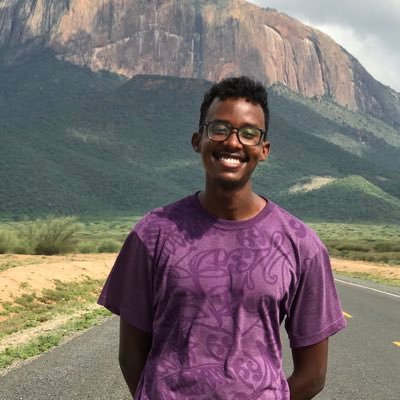On the International Day of Education, 3 One Young World Ambassadors from East Africa, Denis Kisubi, Leitoro Adrian Lemaiyan and Harriet Kamashanyu write about the impact of COVID-19 on Education in East Africa, drawing attention to the need to invest in the education of young people.

The COVID-19 pandemic disrupted the world in ways unimaginable, and East Africa was not an exemption. As we look back on the past two years and the harsh repercussions of the pandemic that continue until today, it is apparent that one of the most impacted sectors was education. Neither the world nor educational institutions were prepared to embrace the shift to online platforms brought on at lightning speed.
Were 2020 and 2021 lost academic years?
Will 2022 finally be the year when the world sits up and realizes that education is capable of unlocking all the major challenges faced?
“It is time to trust in young people and invest in their education”
Uganda – a country in East Africa that had the world’s longest schools closed finally opened again classrooms on 10th January 2022 after 83 weeks. As much as this remains a milestone – it leaves unending bigger gaps in the education system and the ripple effect on the national development.
As much as some dreams have been shattered, millions of primary, secondary and university students are delighted that full, in-person learning is back. Latifah Nansubuga, 18 years old from Makindye said:
“I am happy that am going back to school. I have longed for this day though unfortunately some of my friends, classmates and colleagues have not witnessed it."
Everyone was due to restart classes a year above where they left off in March 2020 during the initial COVID-19 wave. But Ugandan officials expect a third of children who were in school will not return – many because of early marriages and teenage pregnancies.
This was not any different for Kenya – according to the Institute of Economic Affairs – Education Category - The Impact of Covid-19 on Education in Kenya - IEA Kenya, to reduce the spread of COVID-19, the government closed all schools and universities. Learning institutions were expected to implement online instructions using technology however lack of broadband internet and the cost of Wi-Fi in some remote areas limited the amount of e-learning available to learners.
Nearly 70% of the school children in Kenya live in rural areas where there is a shortage of well-funded schools, trained teachers, books and supplies. Students often have to walk several kilometres to reach the schools, which are often small with large class sizes. Close to 25% of learners, especially those living in Urban settings, could access virtual classes amidst the challenges of connectivity, and parents having insufficient education to assist their children at home.
Gradually, learners are learning the COVID-19 protocols through songs, videos and real-life experiences while parents get on the forefront of educating their children about the pandemic. This parent-government partnership, in addressing social issues that have a distinctive impact on national growth and development, remains key.
As Humarium states, many East African countries have a long way to go in achieving Sustainable Development Goal 4 – inclusive and equitable quality education.
Greater budgetary allocation is required to combat this challenge.
The fundamental right to education must be protected, even in times of emergencies (United Nations Human Rights Council, 2020), to assess challenges and priorities ensuring that no vulnerable child is left behind.
Education must align with the principles of; availability, accessibility, acceptability and adaptability, as stated in the Convention on the Rights of the Child.
About the Authors
Denis Kisubi, Leitoro Adrian Lemaiyan and Harriet Kamashanyu are One Young World Ambassadors from East Africa passionate about education.


